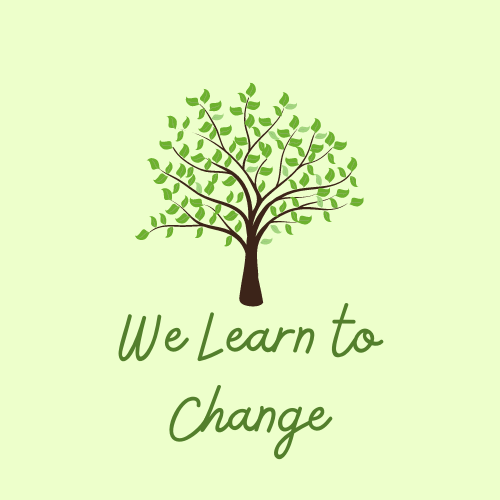
School districts across the country are scrambling to define what school is going to look like this year. Meanwhile, teachers seem to be exhausted, confused, and – in some cases – angry. All the stakeholders in education are on edge: students, parents, faculty, staff, administrators, and school boards. Powder kegs, also known as school board meetings, are blowing up, lit by the tension in the virtual meeting. Everyone has an opinion. In any other year, under any other circumstances, that would be fine.
This year and under these circumstances, however, we need to be more united than ever in our approach. This is truly a life or death conundrum, not a philosophical debate. People have genuine concerns that need to be addressed.
Health and Safety
The concern that draws that most comment is that masks are not mandatory in schools. If a student or parent of a student says that the child cannot wear a mask for health reasons, that student is exempt and we cannot ask for documentation as to the student’s condition. While I appreciate the regulation, as it protects a person’s privacy, it puts everyone at risk, including that student.
There are students who cannot wear masks for legitimate reasons. Those are not the students of whom I am speaking.
In addition to masks, we have questions about sanitation/disinfection procedures. For example: What are they? (That was not meant to get a chuckle.) Who does what? Will we have enough time to clean surfaces between bells?
Social distancing issues are also a high priority. How are we going to maintain social distancing? There simply isn’t enough room in most school hallways, for example, to maintain social distancing and get students to their classes in a timely manner. The solutions include uni-directional hallways, prohibitions against locker use, extra lunch periods, staggered start and stop times, keeping students in “cohorts,” and teachers traveling from room to room instead of students, among others. Because it seems like it could quickly get “messy,” many school districts are providing an online-only option because there isn’t enough room and because people are genuinely terrified.
The Online-Only Option
Schools had to pivot to virtual (remote/online… just please don’t say distance or e-learning) teaching and learning, starting in March. We learned many lessons during that time about how to teach and learn entirely online. It makes sense to make those lessons learned work for us in the future to keep our students safe.
Asynchronous learning created a feeling of isolation amongst many students. It’s difficult to keep oneself engaged, interested, and resilient if you don’t feel like anyone cares or if you cannot navigate the content and activities well. That has led numerous school districts to embrace synchronous learning.
As an online learner for many years, I immediately thought of us all on the same platform, but not in the same place. In this case, many students would be in the classroom with the teacher and others would watch a broadcast to feel more included in what is happening at school while they are working from home.
That sounds like fun at first. However, there are privacy concerns.
Privacy Concerns
Because necessity is the mother of invention, schools are reinventing public education in real-time. Some schools feel they are competing with the cyber schools and need to provide similar options to their student population to retain those students in their district. Solutions such as robotic cameras have been proposed; online students could then have a view into the classroom, thereby mitigating some of the social isolation that is part of online learning. (I have three degrees from online programs and can say that the feeling of social isolation is difficult. I understand.)
Parents and teachers immediately asked about privacy concerns related to the robotic cameras. Both groups say that they don’t want the kids on video, broadcast into someone’s home. This is a legitimate concern that needs to be addressed. Having this technology in the classroom also creates cyberbullying opportunities. We all have cameras that can capture broadcasts well, and editing software on those phones that can, potentially, ruin someone’s life. Now, take a look at the picture I added to the top of this post. Suppose I were to make a face like that in the classroom? That’s an instant meme. It still could be, but I contributed the picture and it’s not that bad, so I am inclined to shrug off that possibility.
One thing I noticed during crisis teaching is that my students did not want to be on video. Teens are often keen on taking selfies and creating videos, but on their terms. I would say most humans are. We don’t notice the cameras in stores anymore, but I’m old enough to remember being uncomfortable around them when I was younger. For those who say that the kids will get used to it and no one likes change, I agree, but need to ask: Do the kids really need yet one more thing to adapt to at this time?
